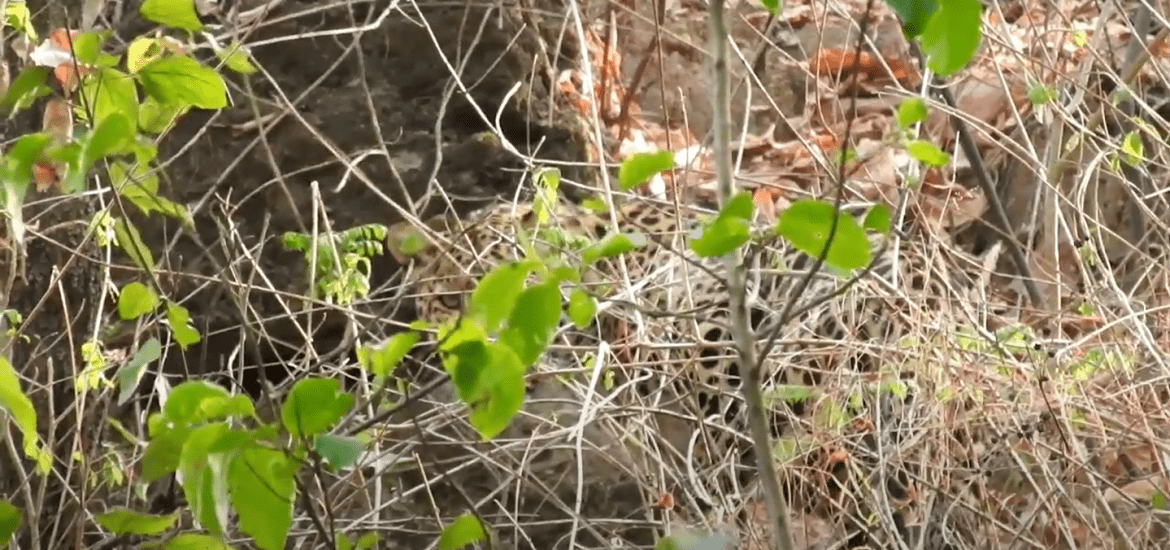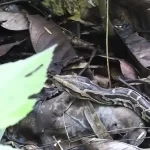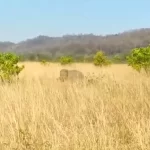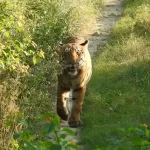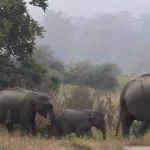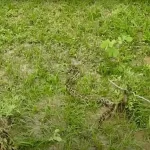The leopard has been the most successful of the five large cats found across the world belonging to the genus ‘Panthera’. It is distributed in sub-Saharan Africa, parts of western and central Asia, south Asia and south-east Asia. At one point of time it was believed that there were twenty seven subspecies of the leopard but presently scientists classify eight distinct subspecies including African Leopard, Arabian Leopard, Persian Leopard, Amur Leopard, Indian Leopard, Sri Lankan Leopard, Indochinese Leopard and Javan Leopard. There are fossil records of Leopard found in Europe, dating as far back as than six hundred thousand years. Fossil records have also been discovered from the islands of Japan and Sumarta.
However, the status of the species is changing fast. Because the leopard is the most adaptable of the five large cats occurring in the world, it comes in great conflict with its most abundant neighbours, the humans. Whereas, the other large cats including lion, tiger, snow leopard and jaguar are highly adapted to their habitat, the leopard can survive in the most adverse conditions. When its habitat is destroyed and its prey base vanishes, it can use any tiny bit of cover to spend the daytime hours hiding, and ventures out in the night to hunt poultry, domesticated dogs, small cattle and when need arises, rodents. It is regularly recorded venturing into the villages and towns in the foothills of Himalayas, or in the suburbs of Mumbai, as man has invaded and transformed its natural habitat. Today, in India there are more leopards that live outside protected areas than the ones that live in protected areas, putting the species at great risk.
This elusive leopard was recently seen by Jim’s Jungle Retreat naturalist Jeewan Rautela on a safari to Corbett Tiger Reserve.
Leopard – a great cat at great risk
